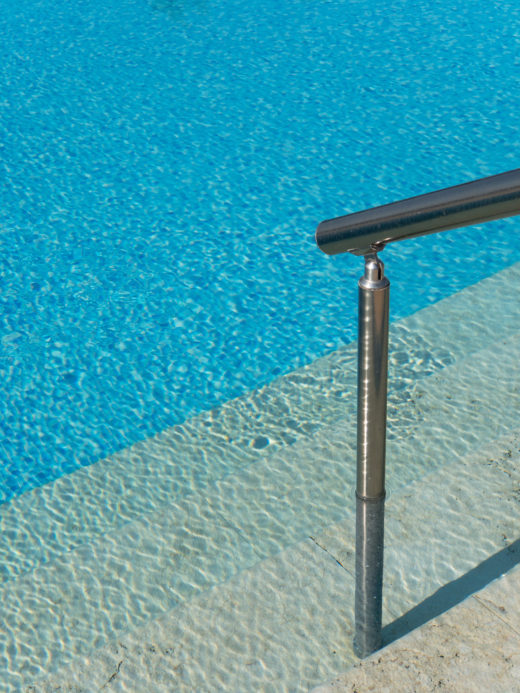Throwing away my DSLR camera
I see endless adverts for accessories to help me take better picture with my phone. There are numerous articles describing iPhone photography techniques that make amazing claims. The bottom line often seems to be that you no longer need a “real” camera – a DSLR – an iPhone will do everything. The truth of these claims is dubious …
Phones have come a long way from the days when they were first fitted with cameras. The better ones are at least as good as many high quality compact cameras. As a result, many people [including myself] use a phone camera instead of owning a compact. But should the manufacturers of “serious” cameras be worried?
There are 3 reasons why even the best phone cameras do not yet compete with DSLRs:
- The physical size of the lens. The lens on a phone camera is necessarily quite small. A DSLR lens is bigger – often much bigger. In simple terms, the bigger the lens, the more light it can let in; the more light, the better the quality of the image. Additionally, many DSLR lenses are made to a very high quality [with prices to match!] and this contributes critically to the quality of the image.
- The size of the image sensor. There are two ways to look at an image sensor. The first is the count of pixels [megapixels – mpx – generally]. In simple terms, the more you have the better the image. Certainly more pixels can help you get nice large prints. Modern phones do OK in this respect; mine, for example, has 12 mpx. The other parameter is the physical size of the sensor – i.e. how many square millimeters is it? Image quality improves with increasing sensor size. This is because, for a given number of pixels, the smaller the sensor the more closely packed they are. Close packing of the pixels results in them being more sensitive to electronic “noise”, which is manifest as graininess in the image [particularly in low light]. Phones have very small sensors; DSLR may have them as large as 35mm film [or bigger]. So, DSLR images have less noise, particularly at low light levels
- Image format. When a digital camera shoots an image, each picture yields 6 bytes of data; 2 bytes for each color: red, green and blue. This adds up to a lot of data and, hence, very large image files. Serious photographers accept this and shoot “RAW”, which is the data from the sensor with no processing. They then have complete control over the subsequent processing and can get the best from an image. The other option is for the camera to do some processing, which involves throwing away quite a lot of data, and store in a more compact format – normally JPEG. This makes acceptable quality images, but there is little room for adjustment. Most DSLRs can shoot RAW; phones generally offer JPEG. Some phones do now offer RAW as an option [like recent iPhones – I have an iPhone 7 PLUS].
You can judge for yourself. Here are two images. The first was shot on my iPhone [in RAW] and the second on my “real” camera [Sony A7 – also RAW]. Both are rendered as full-size JPEGs in the same way. You can see the full resolution version by clicking on the images below.
Can you see much difference? Yes you can – if you look very closely.
Folks often ask what camera is best for them. I would always ask what kind of photography they have in mind. Having established that, I can generally point them in the right direction. However, the answer to “What is the best camera?” is often “The one you have with you when you see the shot”. And that is very likely to be your phone. Most photographers see images all of the time. Most do not carry their DSLRs everywhere. They owe it to themselves to get a phone with a good camera.

